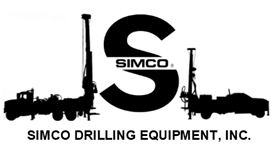According to a recent Worldwide Drilling Resource article, the US Department of Energy will be funding research and development projects for innovative geothermal drilling technologies. The DOE’s Geothermal Technologies Office (GTO) is planning on investing up to $7 million dollars on the cost of drilling operations and, more specifically, two significant barriers: lost circulation events (LCEs) and state of stress.

This research will potentially benefit all facets of the drilling industry although it is currently focused on deep hole geothermal energy drilling. Through a better understanding of subservice state of stress, the DOE hopes to develop technologies with the ability to characterize, monitor, and predict the state of stress that dictates the fracture networks associated with a geothermal reservoir. But, once established, this technology could potentially help other drilling industry professionals in selecting the best sites for drilling.
LCEs are being explored as a costly issue in geothermal energy drilling, with a number of wells being abandoned before completion due to LCEs. When fluids pumped through downhole drilling equipment get lost by failing to return to the surface to complete a circulation path and instead flow into geological formations, the cuttings can build up. This lost circulation in water well drilling and geotechnical drilling can be a major drag on productivity and cost drilling businesses thousands of dollars in materials, rig time, and payroll. Even though lost circulation is more common in geothermal drilling than in other drilling applications, the GTO investment in research and development of technologies to anticipate and mitigate LCEs can have a long-term beneficial effect throughout the industry.



